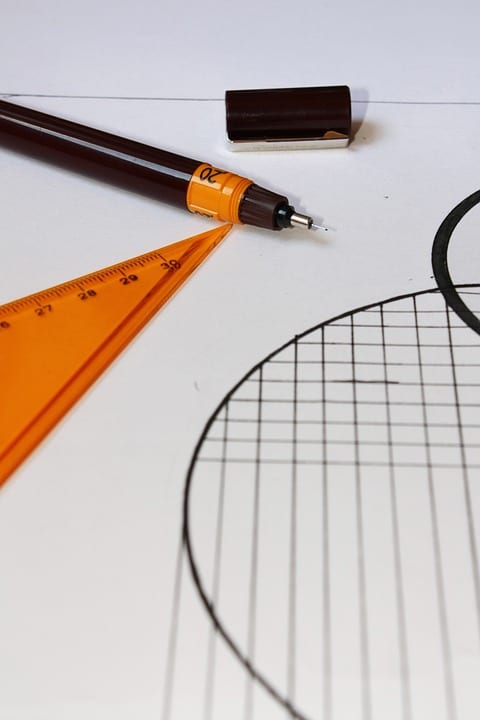5 Steps To Designing A Product
Photo courtesy of Free Great Picture
So, you have an idea for a product? Before you start pitching to manufacturers, investors and retailers, you’ll need a final working prototype. The design stage is crucial – and the more thorough, the better. Some people will take their design through all manner of stages, but here are really the five main stages that you should be worrying about.
Brainstorm ideas
Before you embark on your design, it’s worth having a brainstorm session to cover every angle of your design. Consider your target market, the cost, the function, the materials and all manner of other factors. Your product should solve a problem – or satisfy a pleasure. Assuming that you want your product to make you money, consider how much of a need there is for your product and what you can do to make it more desirable.
Do market research
Market research can tell you many things – whether there is a need for your product, what changes you may be able to make to appeal to a greater market and what competition there is out there. A survey is brilliant way to assess these things (you can create these online and share with friends, family and strangers). You should also do a few Google searches of similar products. Read reviews to find out any criticisms, so that you can avoid your product suffering the same problems. You can even buy a rival product and dismantle it for inspiration.
Start designing
Start sketching away. You should begin freehand and then move onto designs with calculated measurements once you’re comfortable with exactly how you want it to look (you may wish to download graphics design software for this or hire professional designers). Come up with a few designs until you’ve settled on a favourite.
Create virtual prototypes
Before making working physical prototypes it’s often advantageous to make a virtual version. This will allow you to see your product in 3D and test various measurements. There are software and services that specialise in iterative wireframe development that can help you with this.
Create a physical prototype
Now it’s time to make a real life prototype. You may wish to start with models. From here you can build up to fully-working prototypes. Invest in the materials and tools you will need and get building. You may have to build several versions if you come across complications. Some products may be too complex to be hand-built and may require a complex set up of machinery – this will be costly but may much needed in order to get a fully working prototype. Find a testing team to trial your product once you have a fully-working prototype. If they mention any issues, you have to go back and make some changes. After a lot of hard work and patience, you will eventually have a final product that you can start pitching. This is only the beginning of your journey – you now have investment, marketing, distribution and all manner of other things to consider – although providing you’ve followed all the designs steps up until now, your product should be pretty flawless and getting people to help in these areas shouldn’t be too hard.







Leave a Reply
Want to join the discussion?Feel free to contribute!